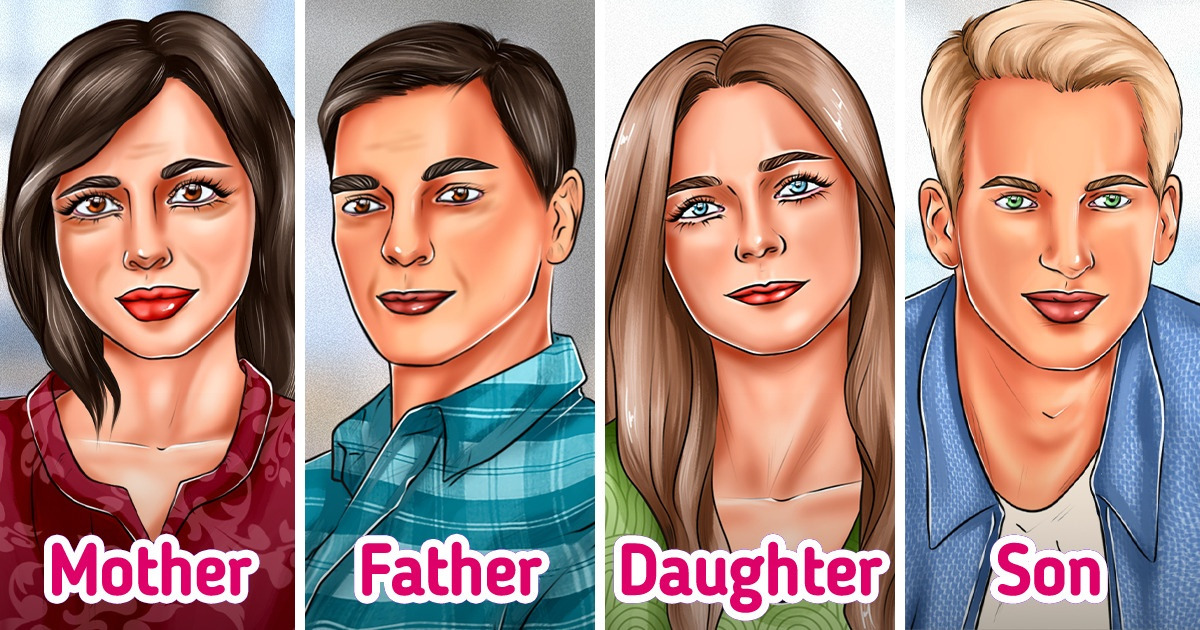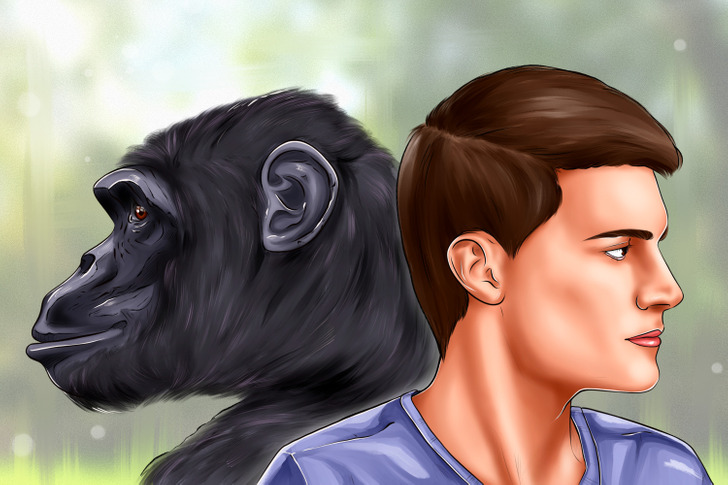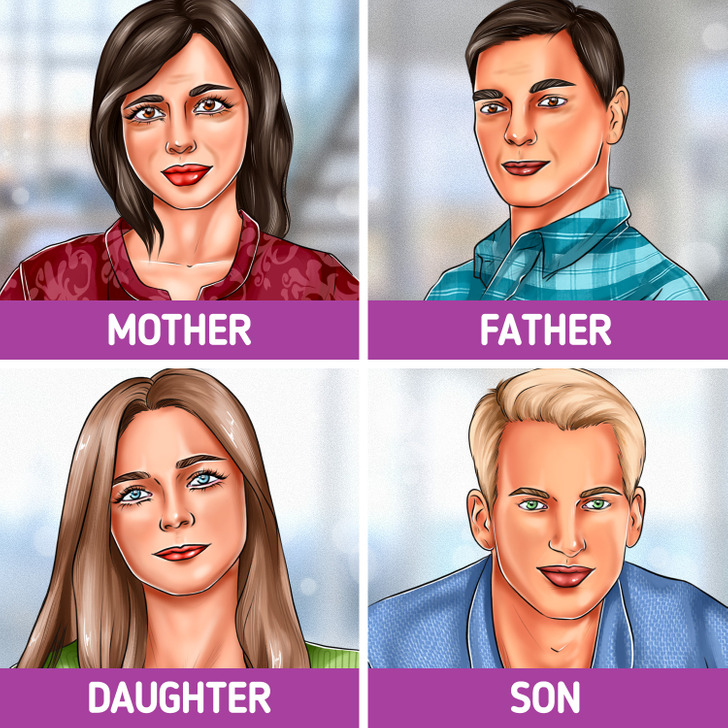Why People Have Different Faces

The face is the most distinctive feature we use to identify people. We, modern humans, have short and elongated faces, unlike our closest “relatives.” This evolutionary nuance helped make faces more diverse. This result was achieved thanks to a combination of biomechanical, physiological, and social factors.
We at 5-Minute Crafts have studied the nature of human faces and realized why we all look different.
Why our faces are not like our ancestors’ faces

Compared to our closest living relatives — chimpanzees, our faces are more retracted and are integrated within the skull rather than being sort of pushed in front of it. Let’s take a look at what made this change happen:
- Diet. Some early hominins had strong muscles for chewing so that they could eat hard food. Their faces were flat. At the same time, the transition from being hunter-gatherers to settlers coincided with the changes in the face — it became smaller.
- Climate. Neanderthals adapted to living in a cold climate thanks to their large nasal cavities. They allowed them to heat and moisturize the inhaled air better. As a result, their faces changed: the center moved forward which is more obvious in the middle of the face (around and under the nose).
💡 Better social communication resulted in the face becoming smaller and the forehead — less prominent. It allowed us to have more subtle gestures and improve non-verbal communication. Chimpanzees, for example, don’t have as many facial expressions as we do.
How evolution changed our faces

The shape of the face is much more prone to changes compared to other body parts. Besides, the genes connected with its structure are more varied than the DNA in other body parts. This fact allowed the researchers from the University of California to come to the conclusion that evolution played a big part in the variety of our appearance.
When the DNA of a modern human and the DNA of a Neanderthal and a Denisovan were compared, it was found that 2 genes (one related to the distance between the chin and the bridge of the nose, and the other related to nose shape) had similar levels of variability. This means that the facial variety was in constant development in the process of evolution.
What it looks like. For example, let’s take a hypothetical gene coding either a big or a small nose, depending on the DNA variation. If a long nose was harmful, it would have been deleted over time. But if its usefulness depends on the context of the environment, then both long and short variants will remain in the genome, leading to a more diverse set of genes.
Besides, this facial individuality might have appeared due to a need to identify each other which is important for socialization. You can see this in paper wasps. They rely on their distinctive appearance traits to identify each other. It helps them see who is who in their hierarchy.
A unique face is like a name tag. Even in closely related groups, the faces are quite different genetically. Most body parts are in sync with each other: if an arm is wide, it’s usually long. But the appearance of the face is unpredictable.